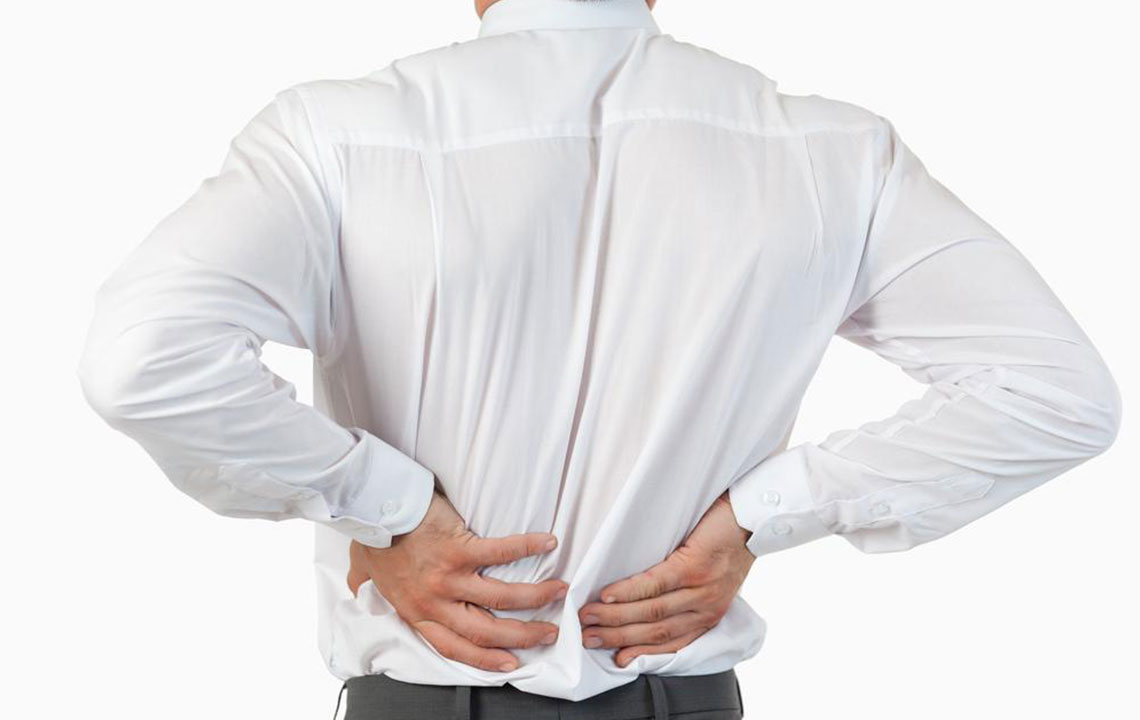How to Get Relief from Back Muscle Pain

A sharp, nasty pain down your back is a problem many of you are forced to deal with. It’s one of the most common problems faced by men and women of nearly all age groups.
The primary reason being modern work and lifestyle patterns demand that you stay seated for at least six to eight hours every day. Adolescents and students are another groups prone to back muscle pain. Back muscle pain can occur because of lifting heavy weights, because of an accident, etc. In short, there can be many reasons that could give rise to a crippling back muscle pain, and it is something that you cannot easily deal with.
The treatment for back muscle pain is a topic that is addressed by many medical groups. In this context, we see that a large variety of methods exist, to treat back pain. In fact, depending on the nature of the pain, a wide variety of treatments can be applied to provide much-needed relief.
Treatments for back muscle pain
Just as back muscle pain could arise out of various reasons and could be triggered by different agents, the right treatment must be administered based on the specific needs of the patient. The following are some of the pain relief measures administered for back muscle pain:
- OTC pain relievers : Non-steroidal anti-inflammatory pain relievers, also known as NSAIDs can provide relief from acute back muscle pain. These drugs include Advil, Motrin, and others that contain Ibuprofen, which have all been proven to provide swift relief from acute or chronic back muscle pain. However, these must only be taken on a doctor’s prescription. Arbitrary administration of medicines will not provide relief and is highly unadvisable, even dangerous.
- Muscle relaxants : Muscle relaxants can provide relief from intense or chronic back muscle pain. Again, they must only be taken with a doctor’s prescription and can be coupled with general over-the-counter medicines for better relief. However, when taking muscle relaxants, you need to be aware that they can make you drowsy, so operating heavy machinery or driving is not advisable.
- Topical pain relievers : Different creams, balms, and ointments can very effectively provide relief from back muscle pain. Pain relief sprays and ointments numb the back muscles, relieving pain. They can provide instant relief and can be very effective for relieving pain temporarily. They treat the symptom, not the problem itself. And as such, are a measure of temporary relief.
- Opiates : If all else fails, opiates or drugs like Hydrocodone and Codeine can be used under the strict supervision of a doctor. However, given their massive potential for addiction and abuse, opiates are not recommended for the long run, and should ideally not be used for longer periods.
- Antidepressants : Low doses of antidepressants like amitriptyline, have been proven to work effectively to provide relief from back muscle pain.
- Injections : In certain cases when the back muscle pain becomes a sharp pain that shoots down the legs, doctors prescribe injections of Cortisone. This is an anti-inflammatory drug that has a numbing effect. While Cortisone helps reduce inflammation, it’s only temporary and the pain can come back after a few months.
- Physical therapy : A physical therapist can combine a large number of methods to treat back muscle pain comprehensively. The different methods that could be used for the process would be treatments through ultrasound, heat, muscle-release techniques and electrical stimulation. Often, they’re all combined to provide the most well-rounded treatment possible. Once your pain has subsided, they can also teach you effective exercises to keep your back muscle pain at bay.
- Surgery : In a few cases we see that relief from back muscle pain can be obtained only through surgery. Cases referred for surgery are rare, usually only in an acute crisis.
If you are suffering from persistent back muscle pain, visit your doctor immediately. Do not try out any of the treatment as mentioned above options without consulting your doctor.
In general, we see that awareness and care is enough to prevent back muscle pain. Too much exertion or a sedentary lifestyle can prove to be harmful to your back muscles. First and foremost, weight management is absolutely integral to prevent and treat back pain. In this context, leaner people, who are more active, face little to no risk of back muscle pain. In comparison, overweight or obese people are much more likely to suffer from crippling back pain. Keep your weight in control to prevent back pain. Maintain a static work balance with adequate exercise and a fitness regime. An active body is much less likely to suffer from any kind of muscle pain. Do brisk walking every day for at least 30 minutes. So, stay healthy and stay happy.


